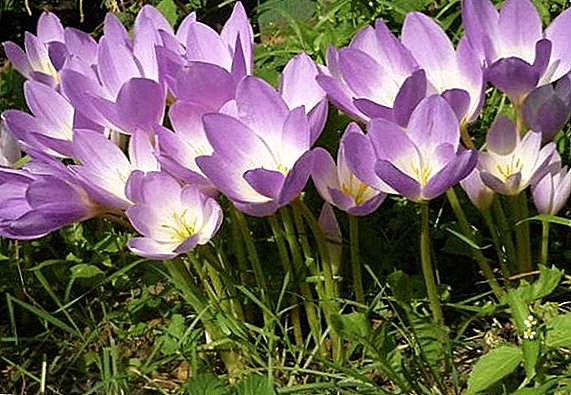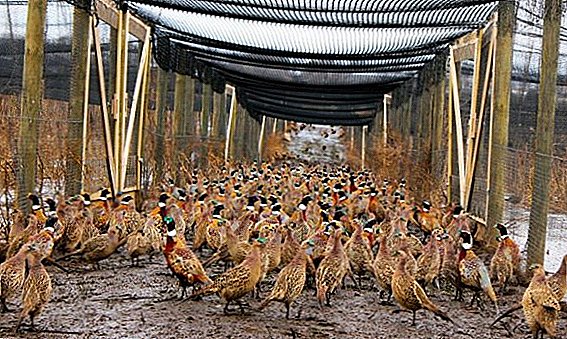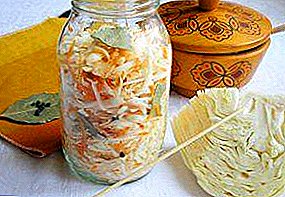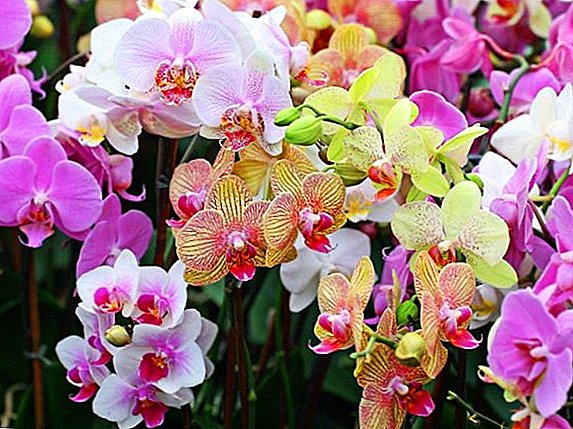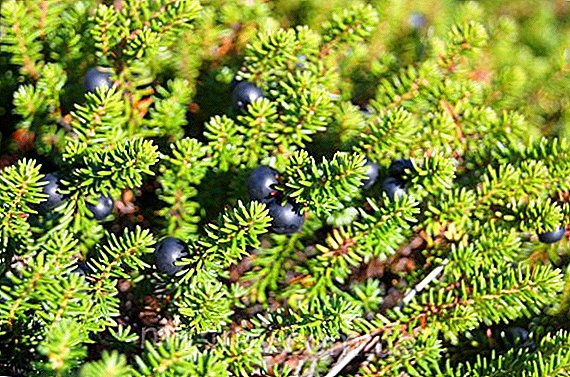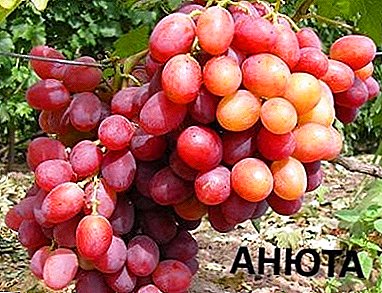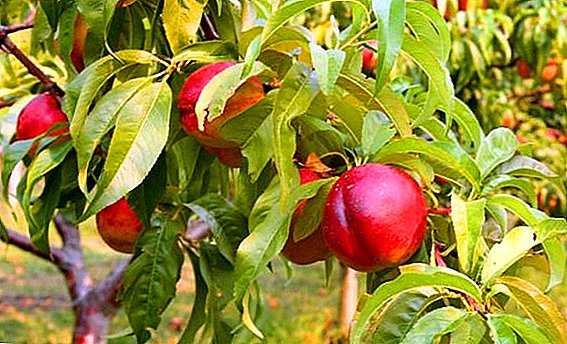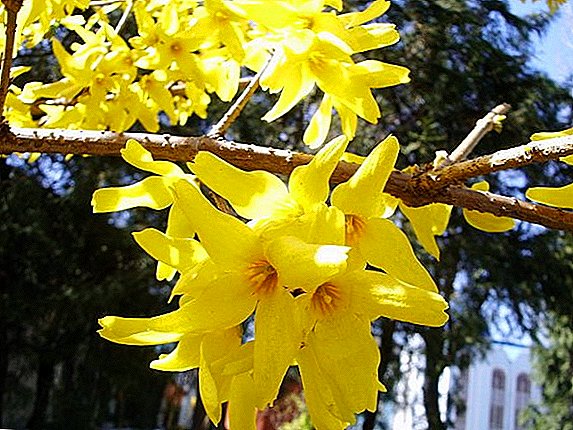 The main advantage of forsythia is the violent blooming of bright yellow flowers in early spring, when the rest of the trees are still waking up. This makes it a popular ornamental plant in Europe and America for more than 200 years. The cultivation of this shrub in China or Korea is several thousand years old: in addition to its decorative qualities, the medicinal properties of forsythia were evaluated here (in ancient Chinese treatises, it is included among the fifty major medicinal plants).
The main advantage of forsythia is the violent blooming of bright yellow flowers in early spring, when the rest of the trees are still waking up. This makes it a popular ornamental plant in Europe and America for more than 200 years. The cultivation of this shrub in China or Korea is several thousand years old: in addition to its decorative qualities, the medicinal properties of forsythia were evaluated here (in ancient Chinese treatises, it is included among the fifty major medicinal plants).
The Forsythia genus unites various species: nine of them originate from East Asian countries, the Balkan Peninsula is the birthplace of one - the Forsythian European.
Did you know? Shrub, blooming "gold" in early spring, brought to Europe from China at the end of XYIII century. the efforts of the Scottish scholar William Forsyth, was named in his honor - "Forsythia" (in Latin transcription - "forsythia").
Forsythia: plant description
All species of the genus Forzition (Forsythia) of the Olive family are similar in their external features (morphological and biological).
 Externally, Forsythia is a garden shrub with yellow flowers (1 to 3 m tall). The leaves are opposite, oval-shaped (15 cm long). Blossom - small bell-shaped flowers of four petals in few-flowered inflorescences. Color - the most different shades of yellow - from lemon golden to dark orange. Abundant flowering (usually until the leaves bloom) lasts from 20 to 40 days. Fruits - elongated boxes with winged seeds. Forsythia is light-requiring, undemanding to soils. For 200 years, breeders have created dozens of Forsyth varieties that differ:
Externally, Forsythia is a garden shrub with yellow flowers (1 to 3 m tall). The leaves are opposite, oval-shaped (15 cm long). Blossom - small bell-shaped flowers of four petals in few-flowered inflorescences. Color - the most different shades of yellow - from lemon golden to dark orange. Abundant flowering (usually until the leaves bloom) lasts from 20 to 40 days. Fruits - elongated boxes with winged seeds. Forsythia is light-requiring, undemanding to soils. For 200 years, breeders have created dozens of Forsyth varieties that differ:
- on the characteristics of the bush (shape, crown, size, type of branches, etc.);
- the size of the flowers (small, medium, large);
- on pigmentation of leaves, branches and flowers (different shades of yellow in flowers, green, yellow and violet in leaves, green, yellow, red in branches).
Important! During the snowy winters, birds can peck off flower buds on forsythia, seriously harming the plant.
Forsythia intermediate
Forsythia intermediate (F. intermedia) - large-sized yellow bush (can reach 3 m in height and 2.6 m in width of the crown). Shoots - straight. Oblong ten centimeter leaves have coarse-toothed edges. Begins to bloom at the age of three. It blooms 20 days at the end of April. Flowers are yellow-yellow shades, grow in several pieces in inflorescences. 
Did you know? Forsythia intermediate was obtained for the first time in 1878 as a result of hybridization (from hanging and green forsythia) in the botanical garden of the University of Göttingen (Germany). Since 1889, the hybrid began to be cultivated in the United States.
Its most popular varieties are:
- densely colored (densiflora) - with spreading branches, crowded with flowers of yellow and pale yellowish shades;
- wonderful (spectabilis) - straight shoots, on them - large (4 cm) bright yellow flowers in inflorescences (5-6 flowers each);
- primrose (pumulina) - wavy flower petals, the flowers themselves are located near the bases of the shoots;
- Beatrix Farrand is a tall shrub (can reach four meters in height), vertical shoots, flowers of bright yellow shades are distinguished by orange stripes at the base. Winter hardiness is average;
- Lindwood is a tall bush (over 3 m), flowers (3.5 cm in diameter) have the color of bright gold. The dark green summer color of the leaves changes to purple autumn;
- Fiesta is a small bush (up to 1.5 m) with small flowers of the color of gold, emerald leaves (they become spotty in autumn, in yellow and cream tones).
Forsythia wilted
Forsythia wilted (F. suspensa) or crying. Under natural conditions found in Korea and Northeast China. Received the name because of a bush form - thin escapes creep along the ground. Ten centimeter leaves are ovate, opposite, three-lobed. The color of the leaves is green, with autumnal colds turning purple. The flowers are bright, small (up to 2.5 cm), in the inflorescences - from one to three flowers. It has good winter hardiness. 
Did you know? Forsythia wilted in Europe thanks to the naturalist from Sweden Karl Peter Thunberg. In 1833, while in Japan (he served in the Dutch East India Company), he noticed plants of this type in gardens and transferred several seedlings to Holland.
Hanging forsythia
Forsythia hanging (Forsythia suspensa) has another name - forsythia drooping. It looks like a shrub with sprawling arched branches of olive color. Actively used to decorate walls. Thanks to forsythia, many hybrid varieties have been bred: 
- Variegata ("Motley") - is characterized by xiphoid saturated green (yellow-motley autumn) leaves and flowers of dark yellow and orange hues;
- Artokalis (purpurea) - differs in dark purple shoots in summer and foliage of the same color in autumn;
- Forchuna is the most ornamental forsythia shrub: at first, straight-growing shoots grow, and later - arcuate shoots. The leaves are narrow, flowers - with orange-yellow petals. In the inflorescence grows from 2 to 6 flowers. It does not bloom every year;
- Siebold - the most frost-resistant form, is a low shrub. Shoots - thin, spread along the ground. Leaves are simple. Petals of flowers are painted in dark yellow tones and bent back;
- Dipsiens (deceptive) - attracts with large (over 4 cm in diameter) flowers with golden-yellow petals. The leaves in the summer of dark emerald color change color to red-brown in autumn.
Did you know? In Korea, Forsythia is a symbol of the city of Seoul (where mass flowering of its flowering takes place). Traditionally, musical bows for folk stringed instruments are made of Forsythia.
Forsythia ovoid
The forsythia ovoid (F. ovata Nakai), the birthplace of which is the Korean Peninsula, was described at the beginning of the 20th century. 
Important! The peculiarity of ovoid forsythia is high frost resistance (in mid-latitudes it can do without shelter in winter) and drought tolerance. The big minus is the transience of flowering.
Forsythia ovoid - early flowering yellow shrub. This is a low bush - from 1.5 to 2 m tall. Spreading branches have a greyish yellow color due to the color of the bark and green seven centimeter leaves with pointed tips. In the fall, the plant is “worn” in dark purple and orange. Blossoms in single yellow flowers (2 cm) for 15-17 days.
The most famous varieties:
- Dresdner Forfruling - differs in earlier flowering (three weeks earlier than other varieties). Flowers are traditional for Forsythia - medium size (up to 4 cm) with delicate yellow petals;
- Tetragold is a low bush (up to one meter in height) with yellow mustard flowers. Flowering is also earlier;
- Spring Glory - American variety (known since 1930). Its height and width are approximately equal - about 3 m. Very abundant flowering in April - May. The flowers have bright yellow petals. Green summer leaves change to bright yellow-purple autumn;
- Goldzauber - blooms with large flowers of gold color, tolerates late frosts;
- Weekend - shoots grow up, blooms immediately after the snow melts. Large flowers are traditionally yellow.
- Arnold Draft - forzition dwarf variety with thick branches (flowering in splendor inferior to other varieties).
Forsythia is dark green
Forsythia dark green (F. Verdissima) or the greenest is a three-meter bush, dark green bark gives a greenish color to the whole bush. Shoots grow up. Large lanceolate leaves (15 cm long and 4 cm wide) grow very densely. Large flowers have a green-yellow pigmentation. It was opened to Europeans in 1844 by Robert Fortune in the mountains of the Chinese province of Zhejiang. 
Important! The feature of the forsythia is dark green - it blooms for the first time at the age of 5-6 years, it does not bloom annually. Its bloom is the latest among all wild representatives of forsythia, it is afraid of frost.
Forsythia the greenest bush is well suited for the formation of hedges. During the winter frosts in mid-latitude conditions, this kind of Forsythian needs shelter (for convenience, a low-growing Bronkensis variety was specially bred).
European forsythia
Forsythia european (Forsythia europaea) - the only species of Forsythia originally from Europe, was described only in 1897. The shrub has a compact crown, straight shoots and reaches a height of 2-3 m. It blooms with large (4.5 cm and more) yellow-lemon flowers. Flowering occurs simultaneously with the appearance of foliage (it reduces the decorativeness of the plant). The color of the leaves is saturated light green, in autumn it changes to yellow-purple. Winter hardiness is average. Famous for longevity (can live over 70 years).  Thus, for areas with cold winters and frequent frosts, frost-resistant forsythies (hanging, ovate, intermediate) varieties are better suited. For areas located to the south, the choice is wider - literally all types of foresight can adapt normally.
Thus, for areas with cold winters and frequent frosts, frost-resistant forsythies (hanging, ovate, intermediate) varieties are better suited. For areas located to the south, the choice is wider - literally all types of foresight can adapt normally.



